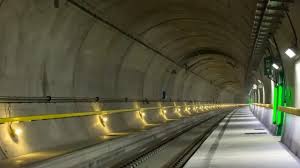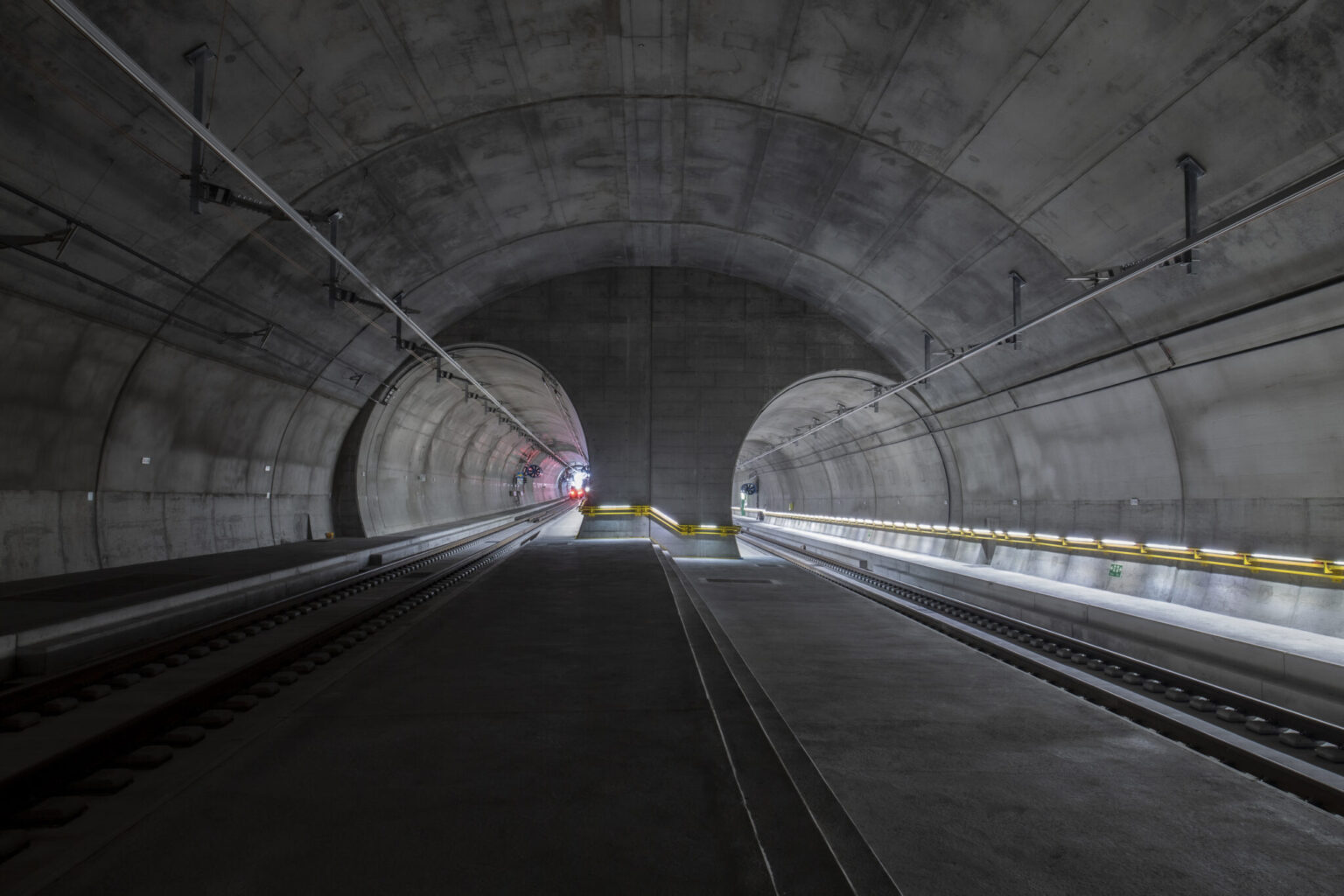Railways have always been more than just a mode of transport in Europe; they are lifelines of commerce, culture, and connectivity. Northern Europe, known for its rugged landscapes, fjords, mountains, and icy seas, has long faced unique geographic challenges that make building efficient rail connections difficult. To overcome these barriers, the region has invested in some of the longest and most advanced railway tunnels in the world. These engineering marvels not only shorten travel times but also link countries, regions, and communities more closely than ever before.
Why Tunnels Matter in Northern Europe
Northern Europe’s geography is stunning but not always traveler-friendly. Deep fjords in Norway, the Baltic Sea between Denmark and Germany, and mountainous terrain across Sweden and Finland have traditionally limited overland transport. Ferries were once the primary means of moving between many of these regions. However, tunnels have revolutionized connectivity, enabling direct train routes where once only water crossings or long detours were possible.

By linking Scandinavia with Central Europe and improving internal connections within Nordic countries, these tunnels help boost trade, tourism, and even cultural exchange. They also support Europe’s sustainability goals, as efficient high-speed rail provides a greener alternative to short-haul flights.
The Fehmarnbelt Tunnel: Linking Denmark and Germany
Perhaps the most ambitious tunnel currently under construction in Northern Europe is the Fehmarnbelt Fixed Link, connecting Rødby in Denmark with Puttgarden in Germany beneath the Baltic Sea. Once completed—expected in 2029—this 18-kilometer tunnel will become the world’s longest immersed railway and road tunnel.
The Fehmarnbelt will slash travel times between Copenhagen and Hamburg to just 2.5 hours, strengthening ties between Scandinavia and continental Europe. For freight, it means faster, more efficient movement of goods, easing congestion on busy ferry routes and roads. The tunnel represents a critical link in the European TEN-T (Trans-European Transport Network), designed to unite the continent’s major cities with sustainable transport corridors.
The Gotthard Base Tunnel’s Northern Counterparts
While Switzerland’s Gotthard Base Tunnel holds the global record, Northern Europe has its own giants. The Oslo to Bergen railway line in Norway, for example, features a series of long tunnels carved through solid mountain. Among them is the Finse Tunnel and others along the route that together account for dozens of kilometers underground. Norway alone has over 700 railway tunnels, with the longest, the Bømlafjord Tunnel, exceeding 7.9 km.
These tunnels transform journeys through the country’s breathtaking but harsh landscapes, turning what was once an arduous journey across fjords and snow-capped ridges into a smooth ride through the heart of the mountains.
The Øresund Link: A Half-Tunnel, Half-Bridge Wonder
Another remarkable connection is the Øresund Link, which ties Copenhagen in Denmark to Malmö in Sweden. This 16-kilometer fixed link is partly a bridge and partly an undersea tunnel. The tunnel section, known as the Drogden Tunnel, runs beneath the Øresund Strait for nearly 4 kilometers.
Thanks to this engineering feat, the two cities have effectively merged into one metropolitan region, with commuters crossing daily by train in under 35 minutes. The link has boosted economic cooperation, cross-border employment, and cultural exchange, demonstrating the transformative power of transport infrastructure.
Future Mega Projects: Beyond Connections
Northern Europe continues to invest in rail tunnel projects, signaling that the age of tunnels is far from over. In Norway, planners are studying proposals for a Rogfast subsea tunnel, which would become the world’s longest and deepest undersea road tunnel but could inspire similar railway innovations. Meanwhile, discussions about a possible tunnel between Helsinki and Tallinn, spanning 80 kilometers under the Gulf of Finland, could someday set a new world record.

If realized, this Helsinki–Tallinn tunnel would turn the two capitals into twin cities, cutting travel from a two-hour ferry ride to just 30 minutes by train. It would also create a new link in the so-called Arctic Corridor, connecting Northern Europe’s trade routes directly to Central Europe and Asia.
Conclusion
From the Øresund Link to the soon-to-be-completed Fehmarnbelt Tunnel, Northern Europe’s longest railway tunnels are doing far more than just bridging gaps—they are reshaping how the region connects with the world. These projects embody engineering brilliance, environmental responsibility, and forward-thinking vision.
By boring through mountains and diving beneath seas, Northern Europe is proving that physical barriers are no match for innovation. The result is a continent where travel is faster, greener, and more interconnected than ever—bringing people, cultures, and economies closer together beneath the surface of Europe’s stunning landscapes.






